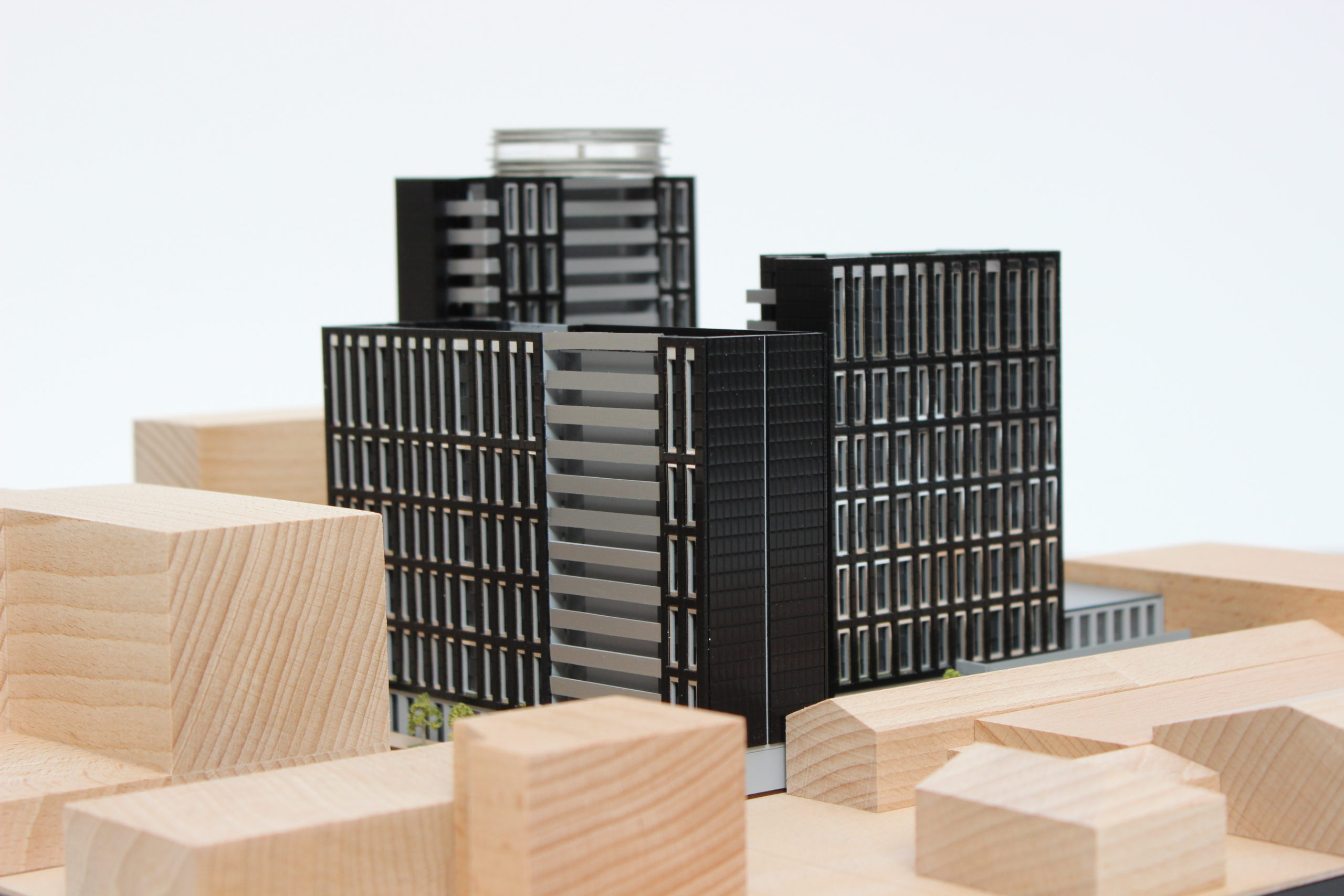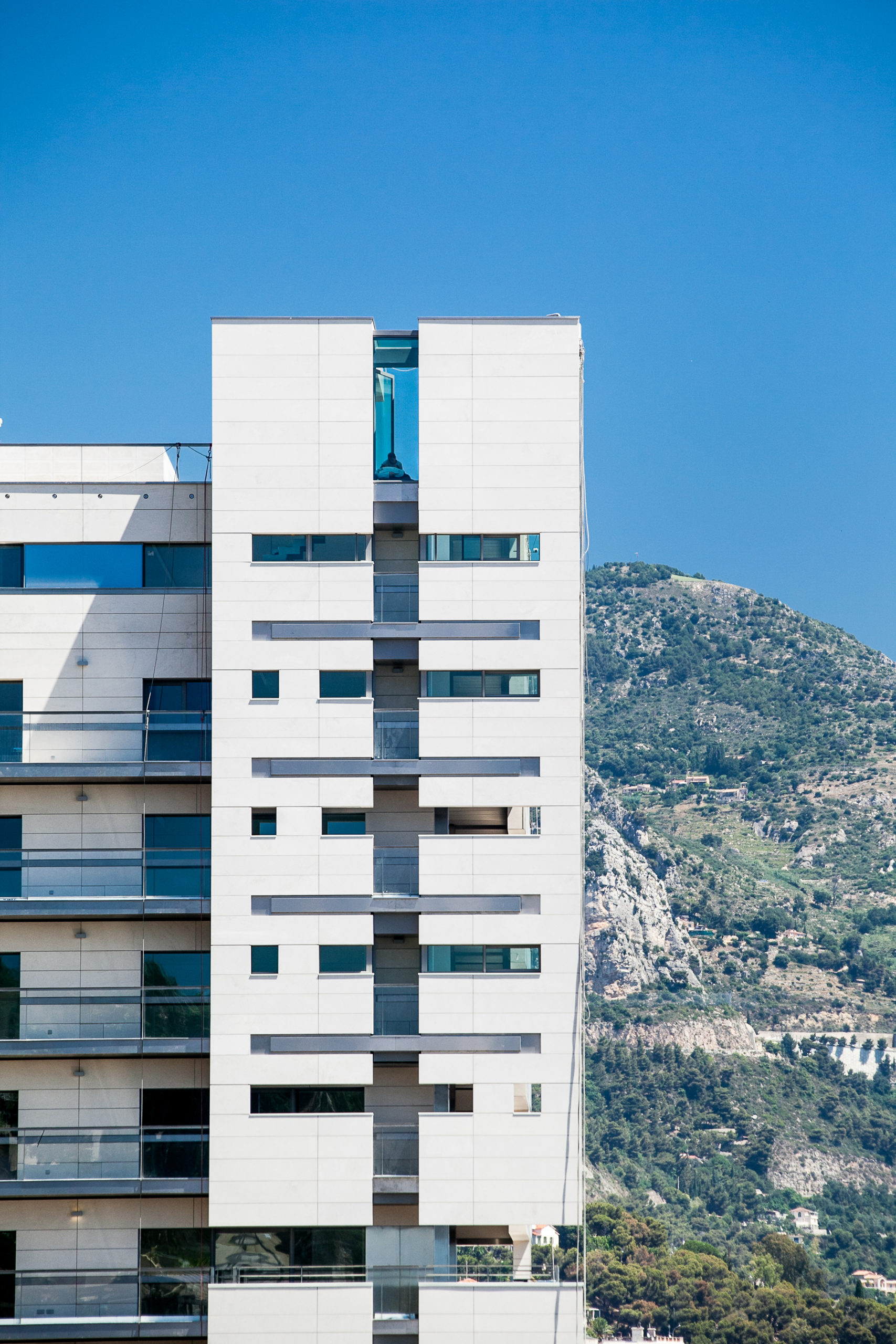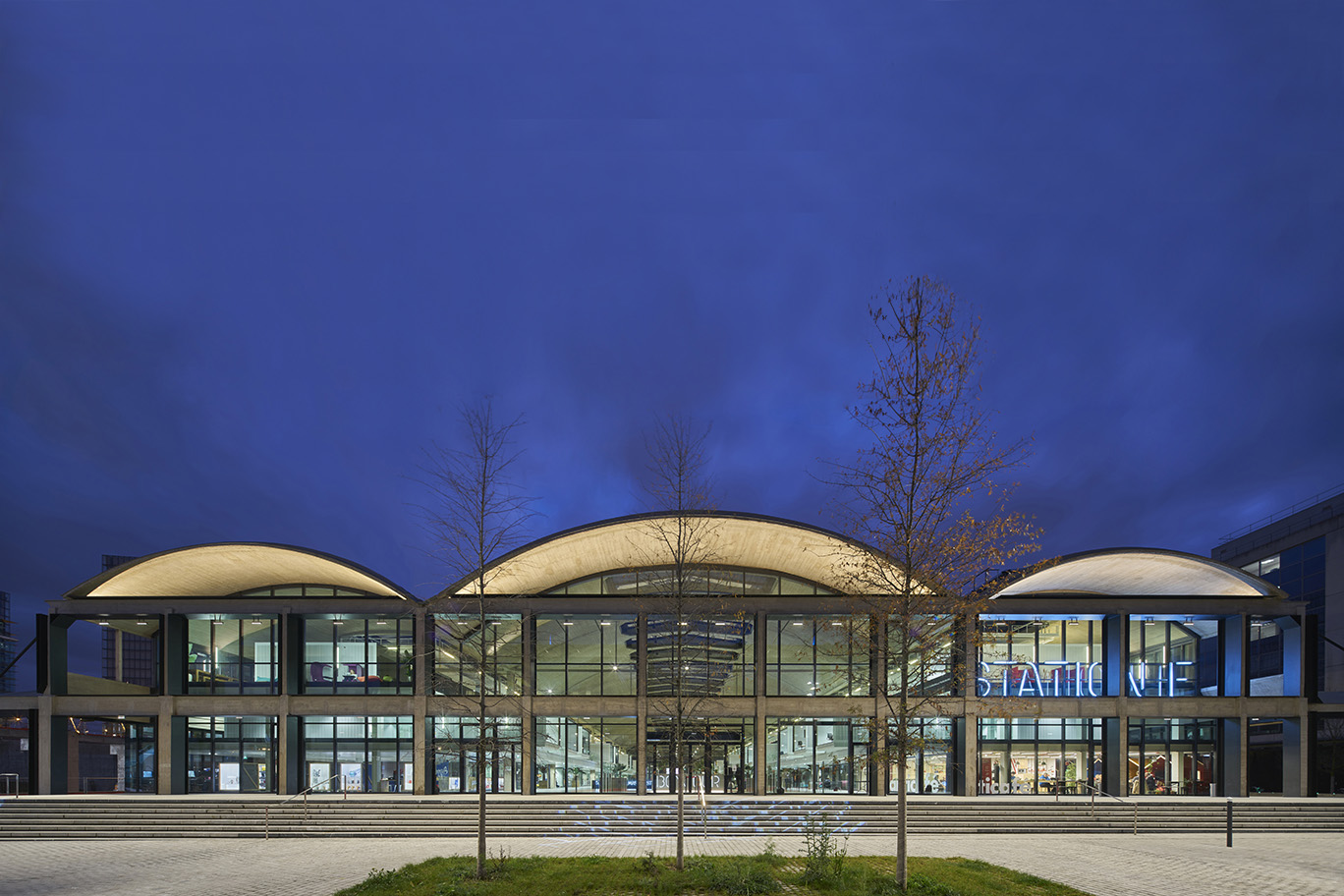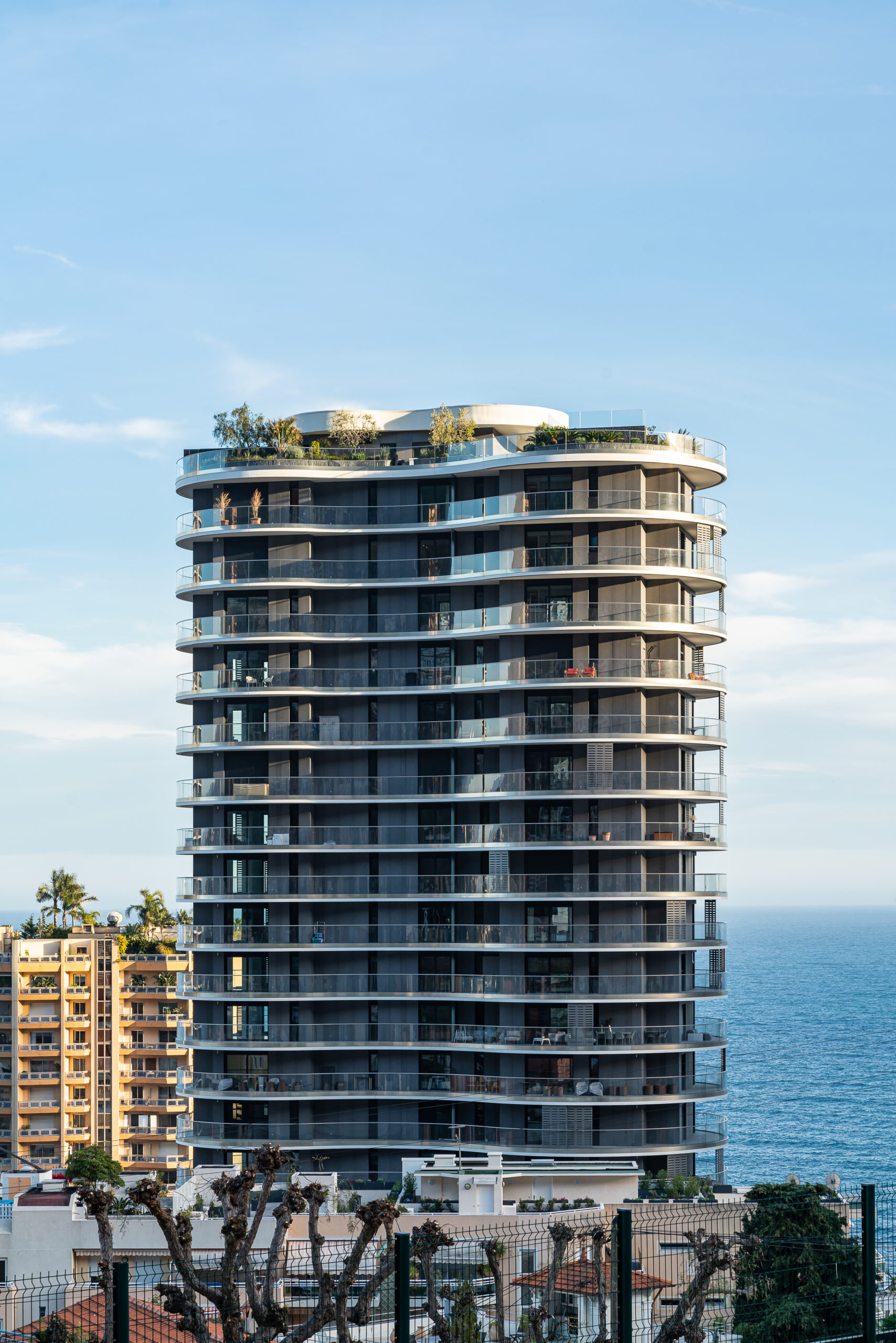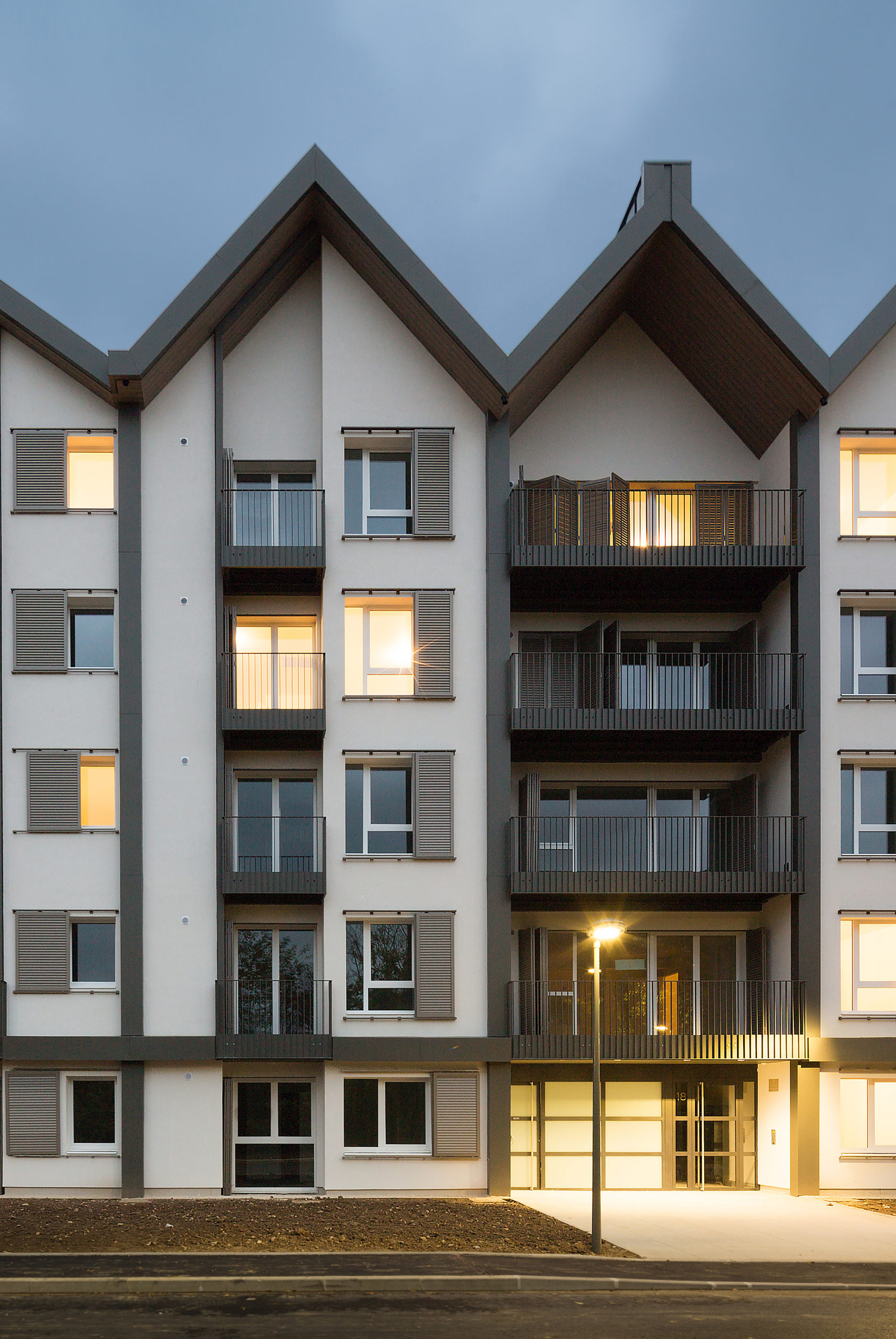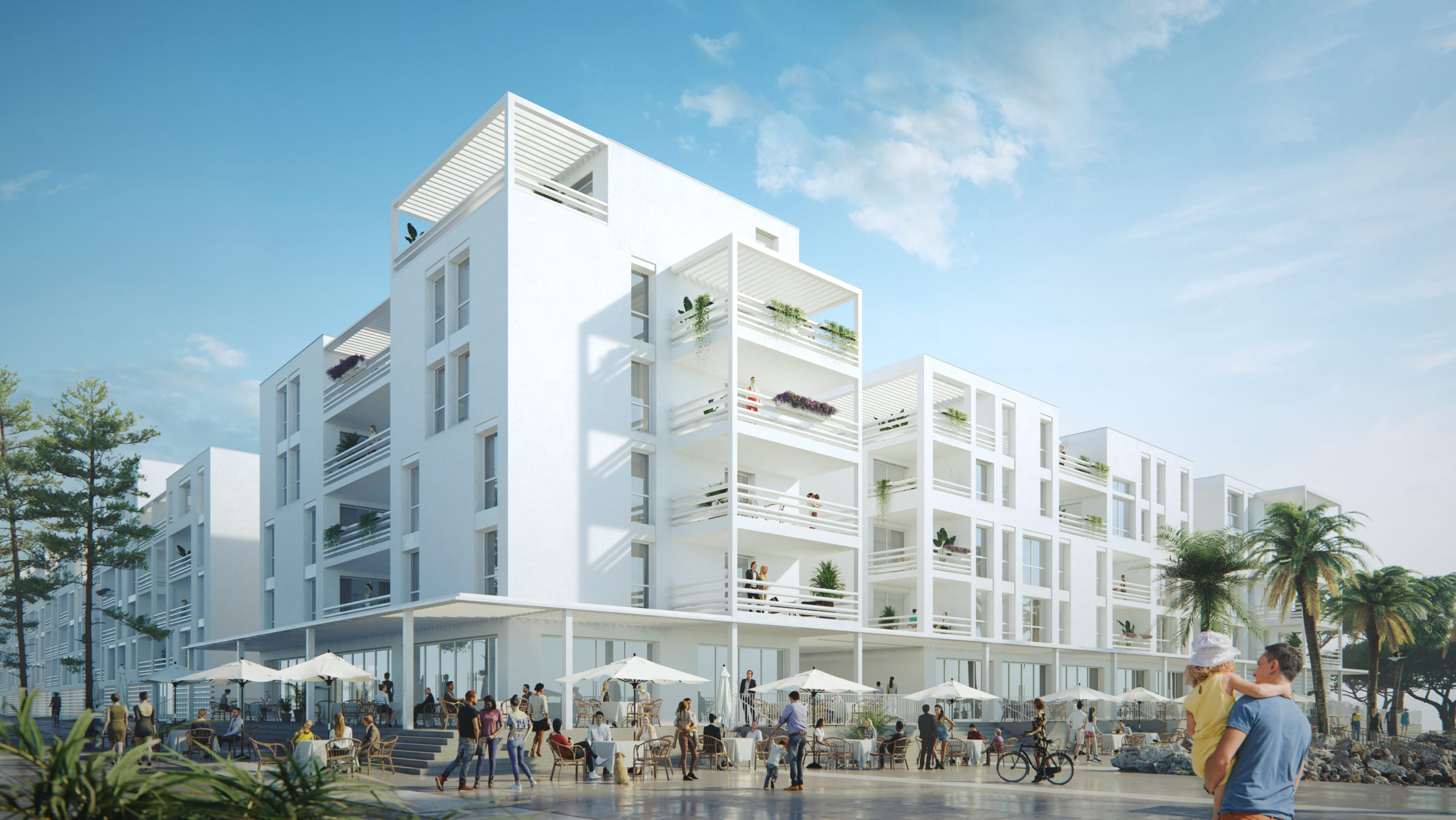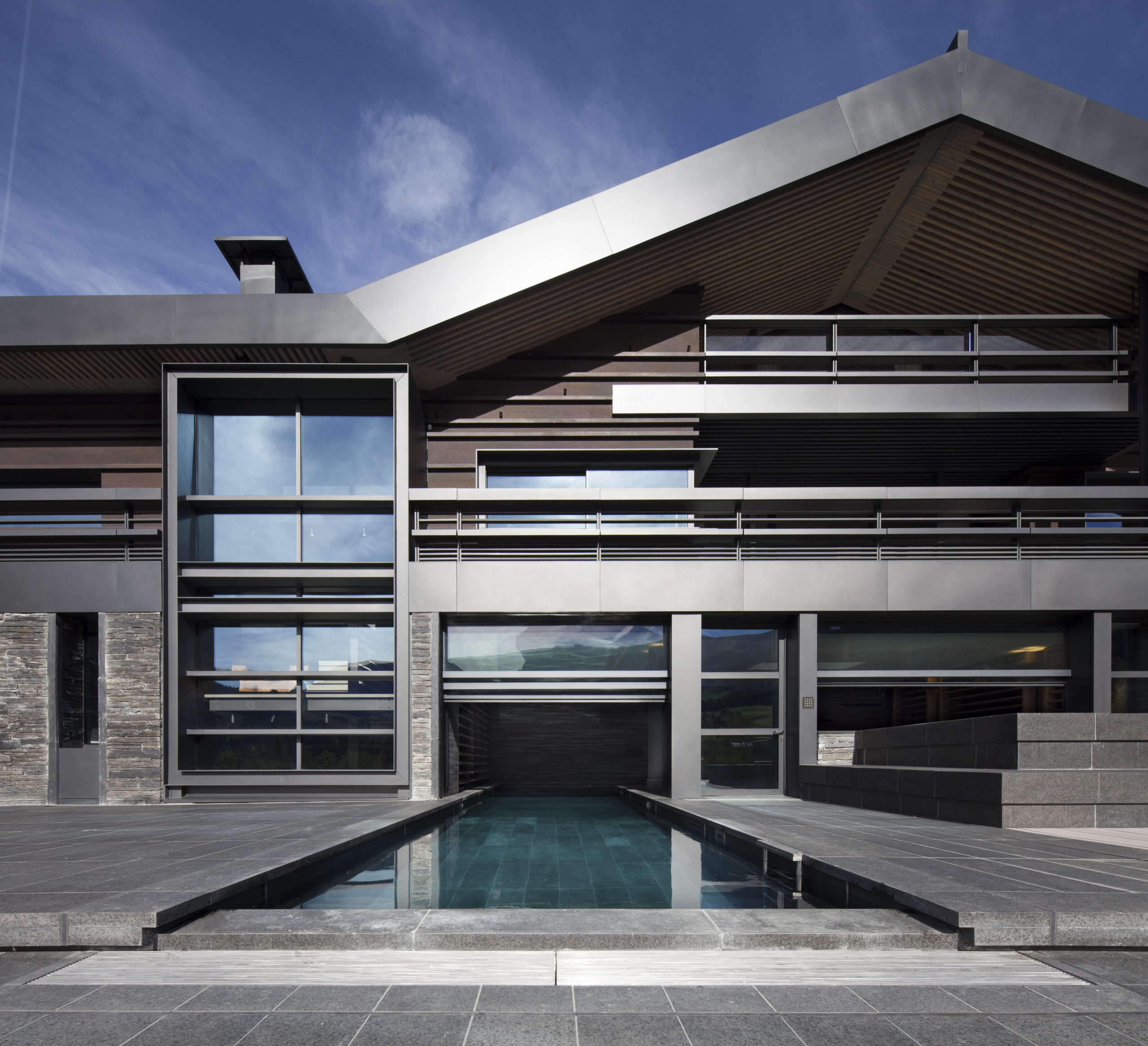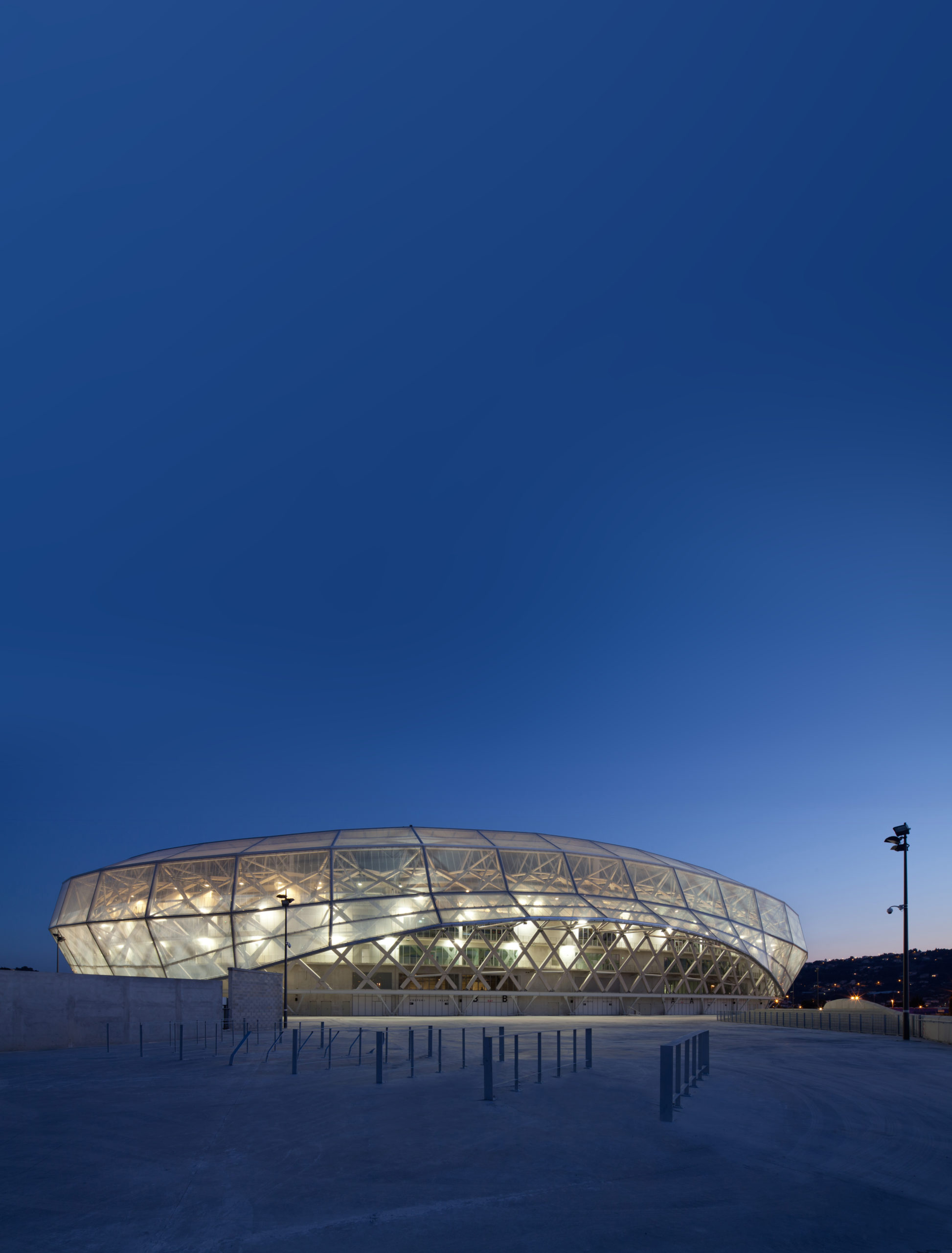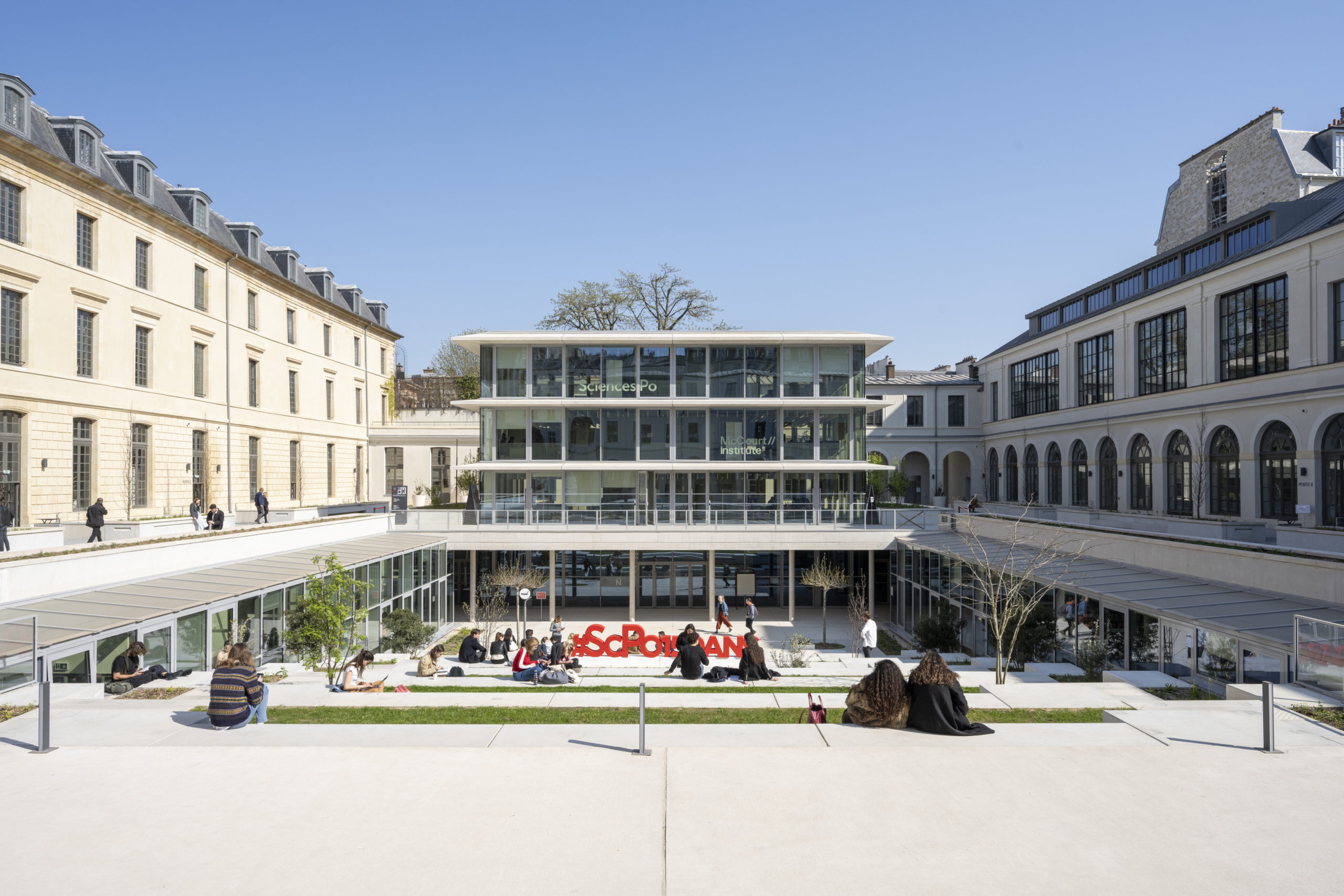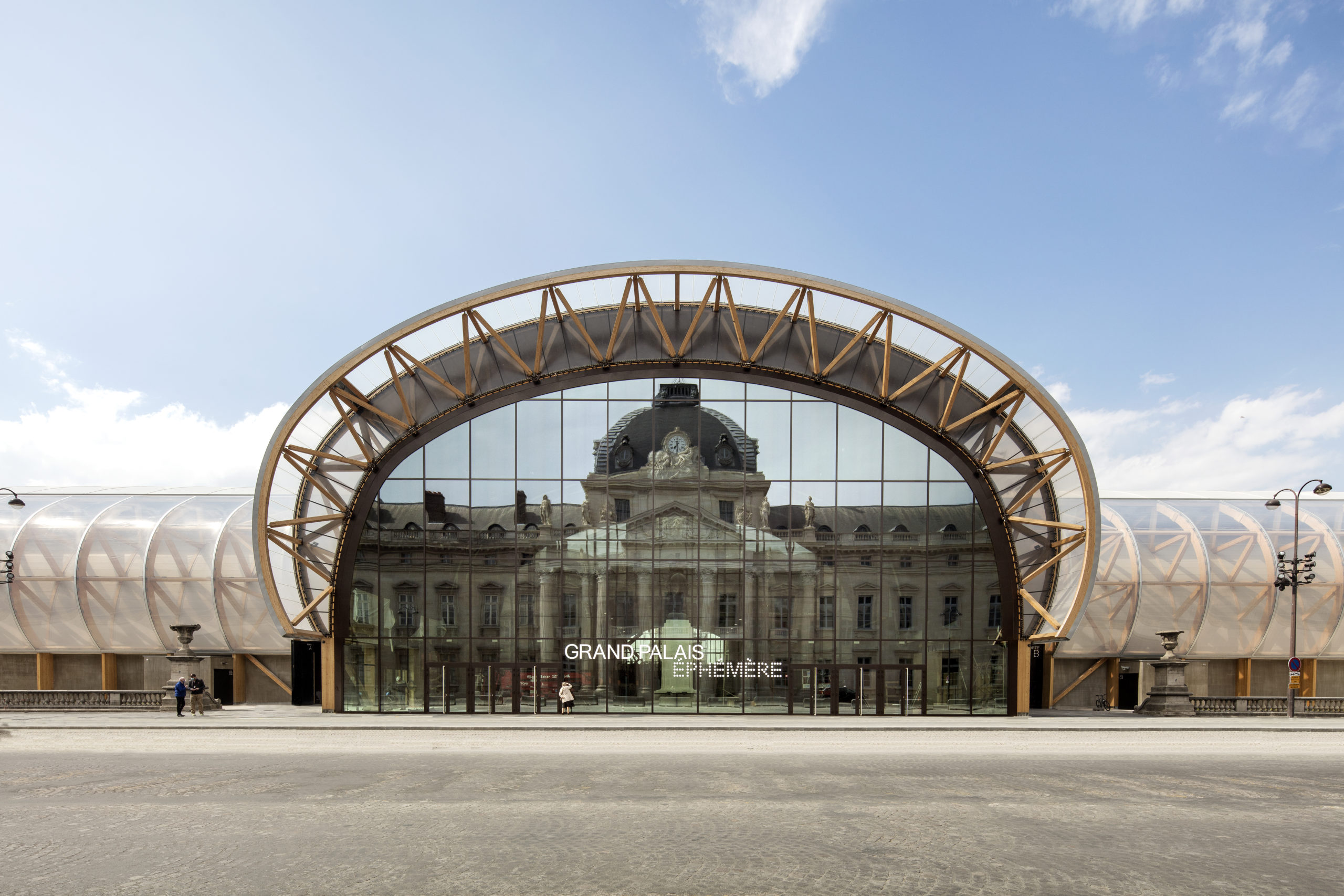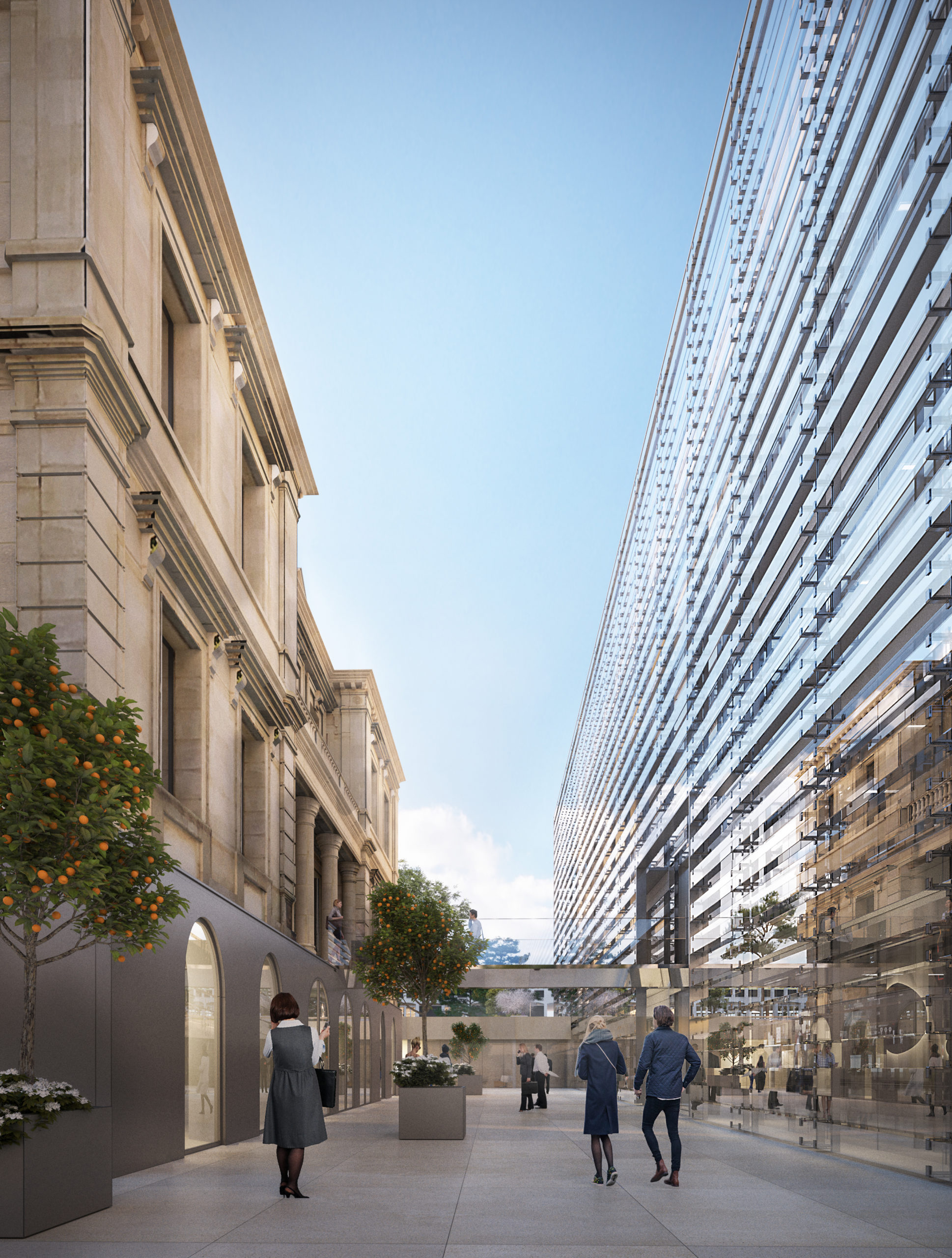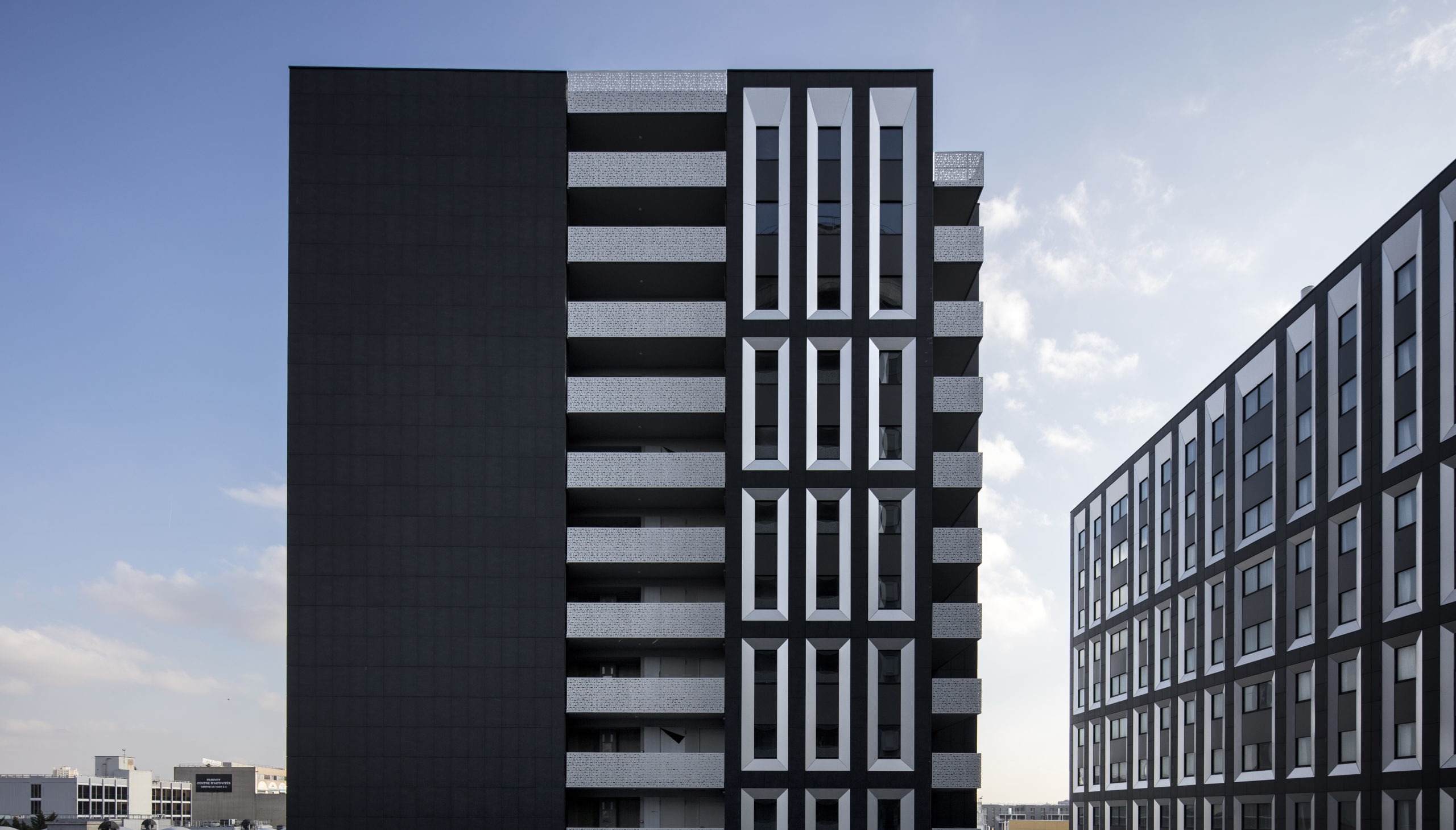
Flatmates
Ivry-sur-Seine, France
SEHF
Control Authority Delegated: REDMAN
Architect: WILMOTTE & ASSOCIÉS
Landscaper: NEVEUX-ROUYER
Executive Project Supervisor: BERIM
Structure / Building services: EGIS
Facades: EGIS
Sustainable development: AGI2D
Acoustics: LASA
Geotechnical: FONDASOL
Cost consultant: MAZET & ASSOCIÉS
Control office: VERITAS
12 000 sqm
2019
Construction of a co-living residence to house more than a quarter of the entrepreneurs working in the Station F start-up campus (13th arrondissement of Paris).
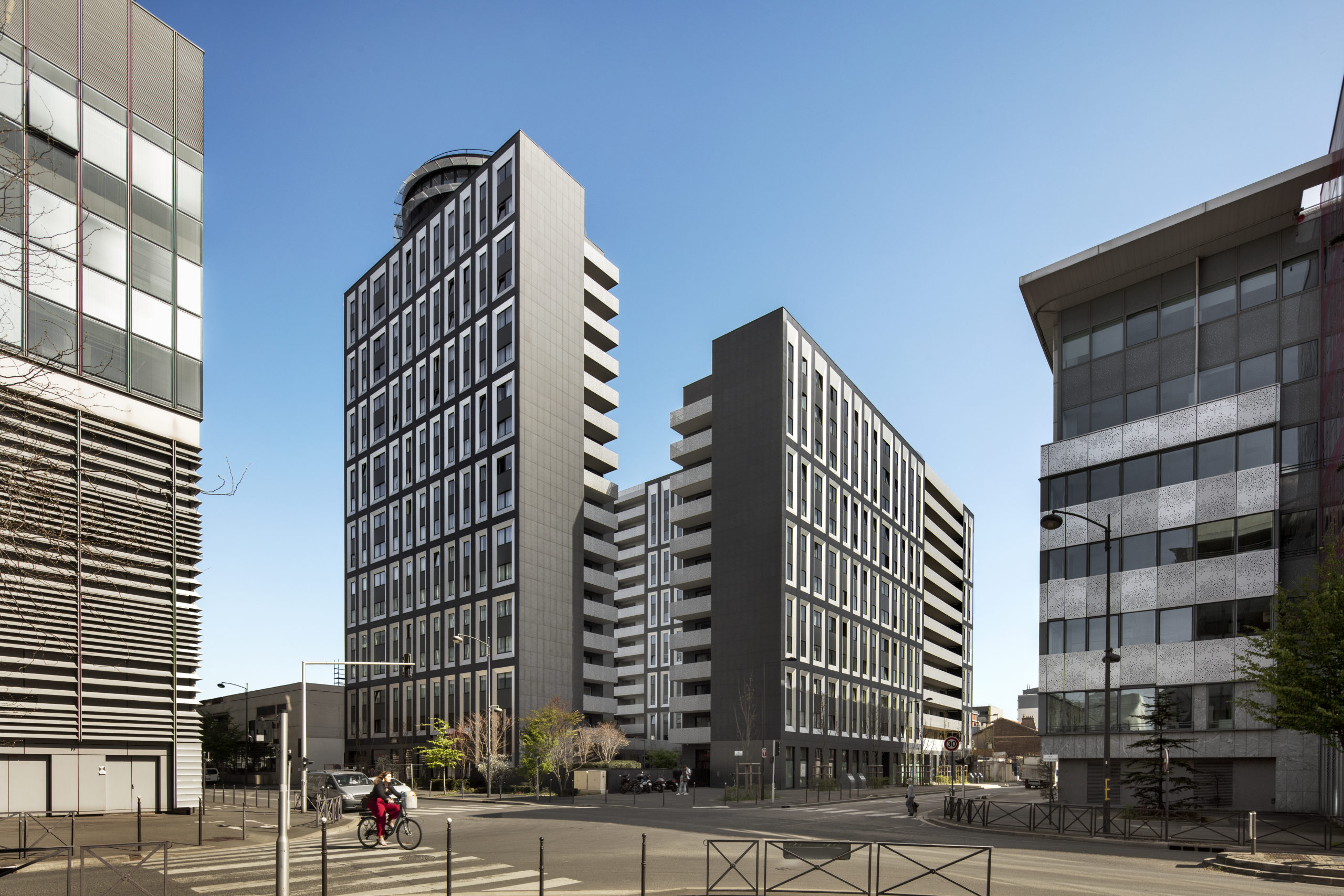
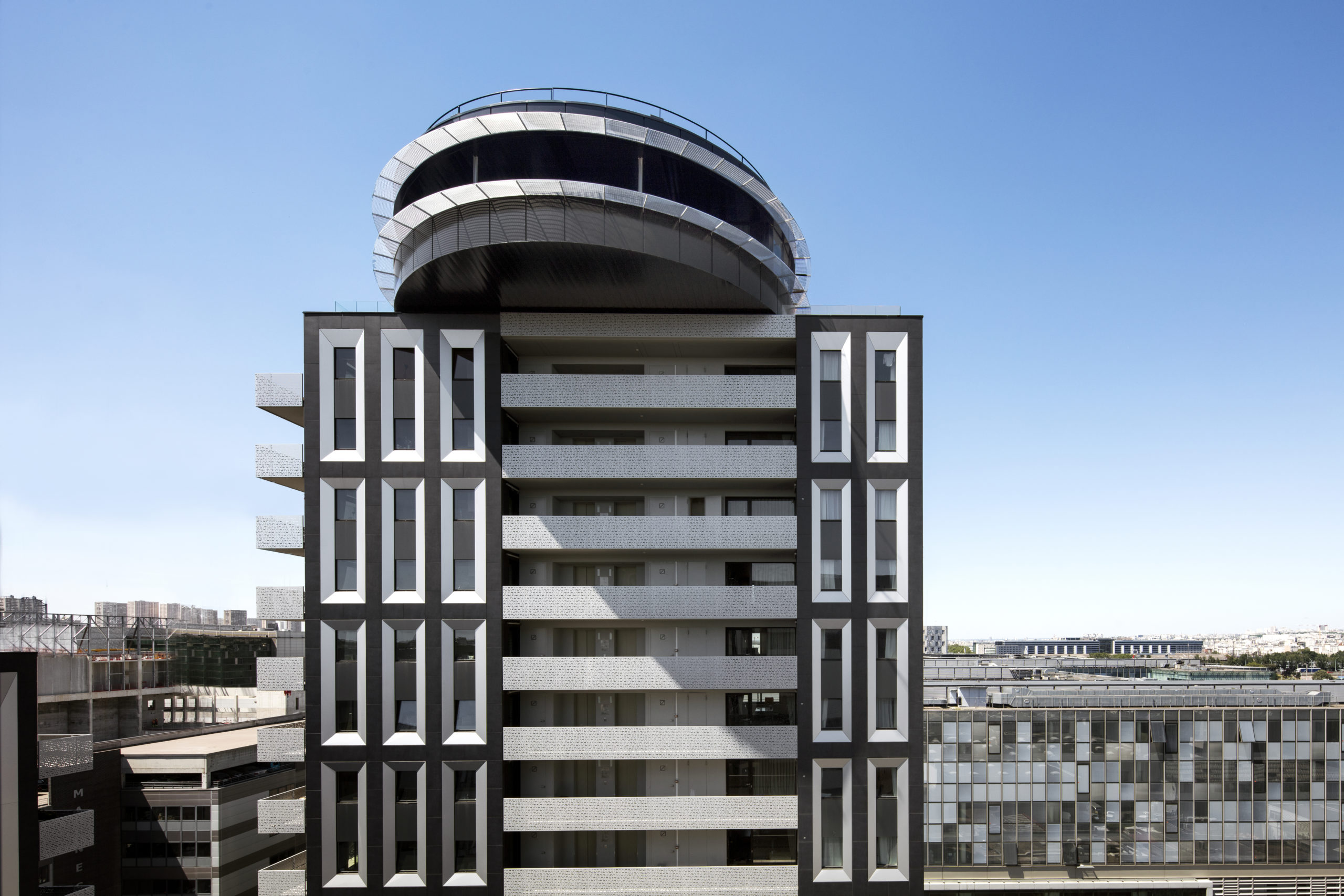
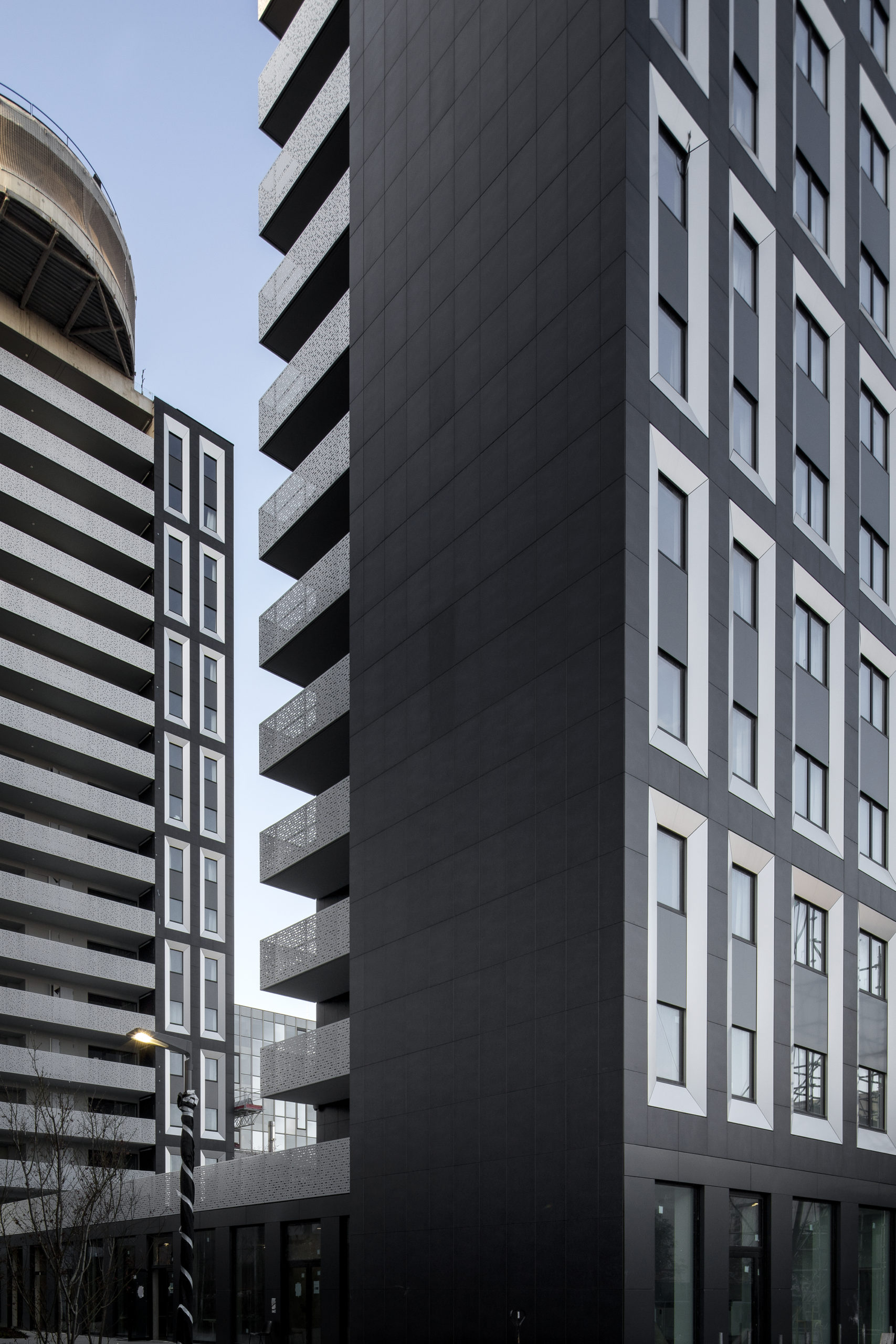
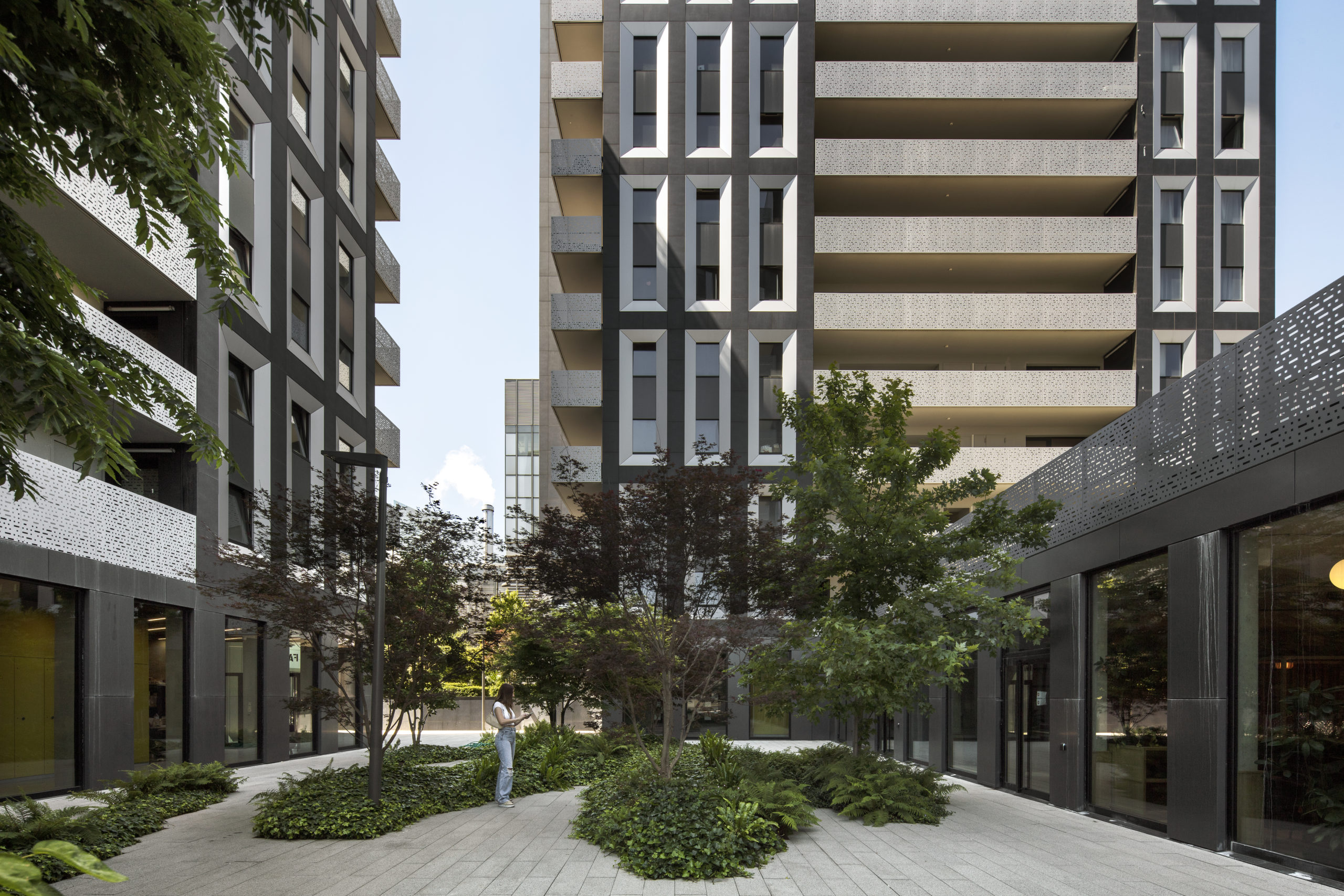
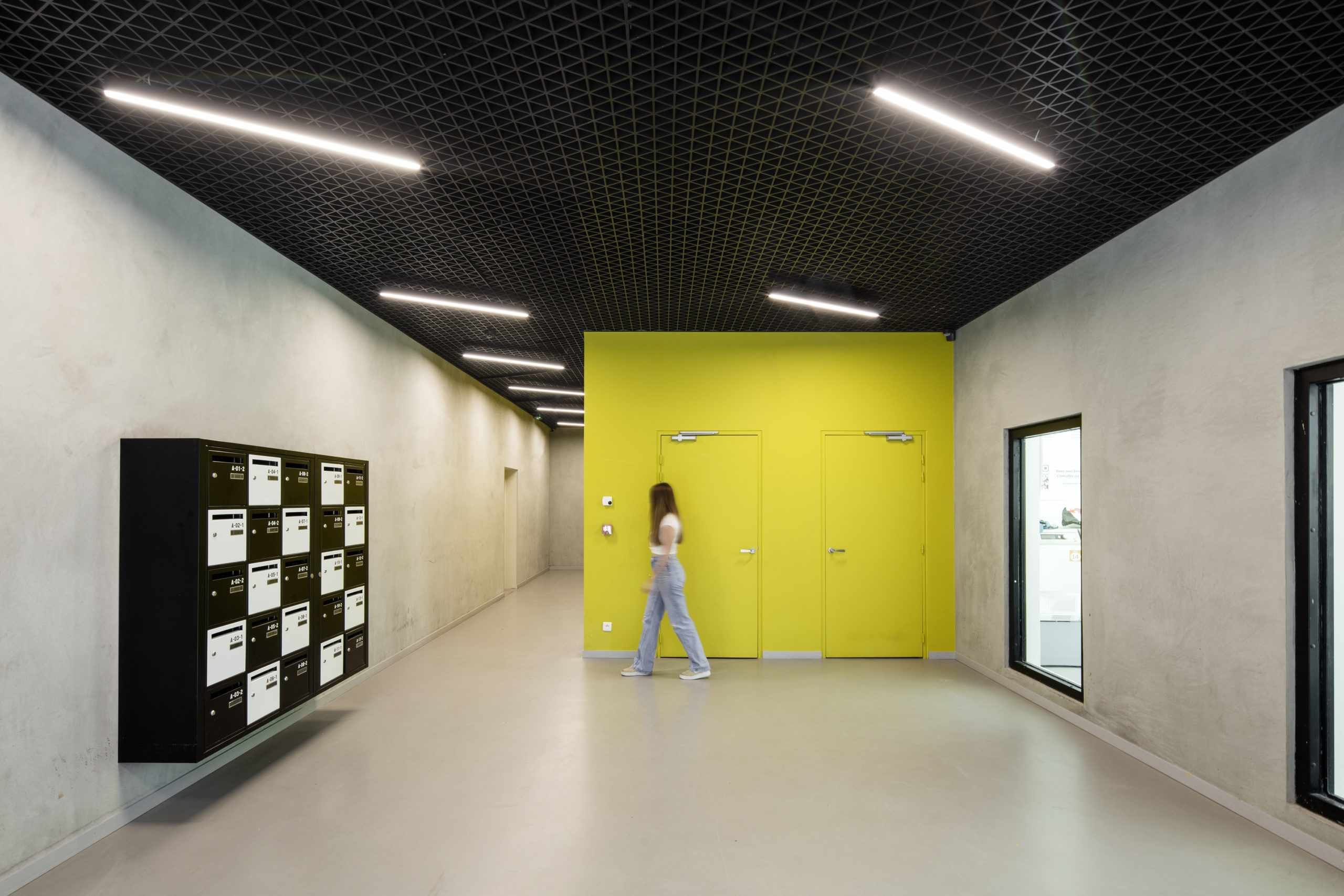
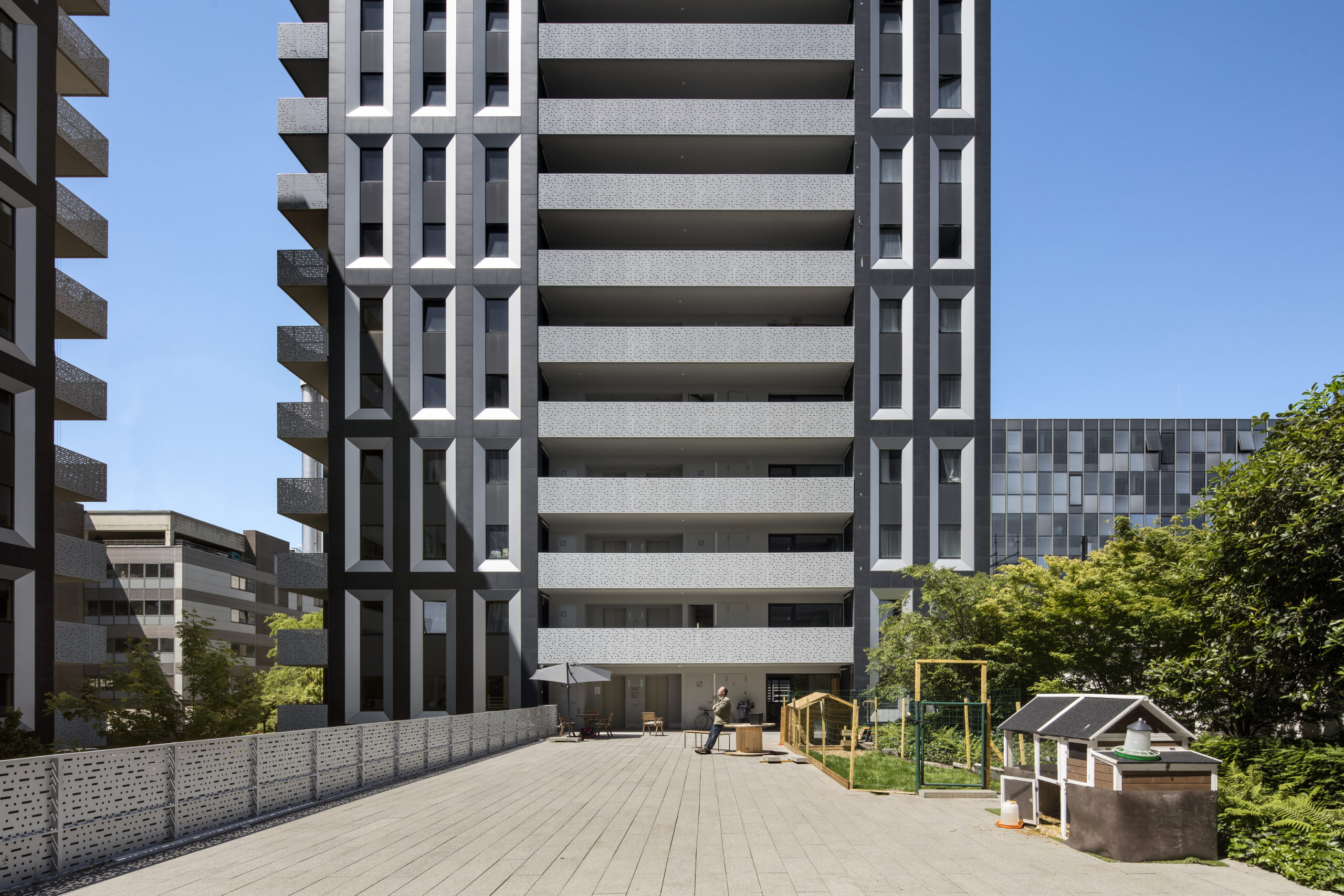
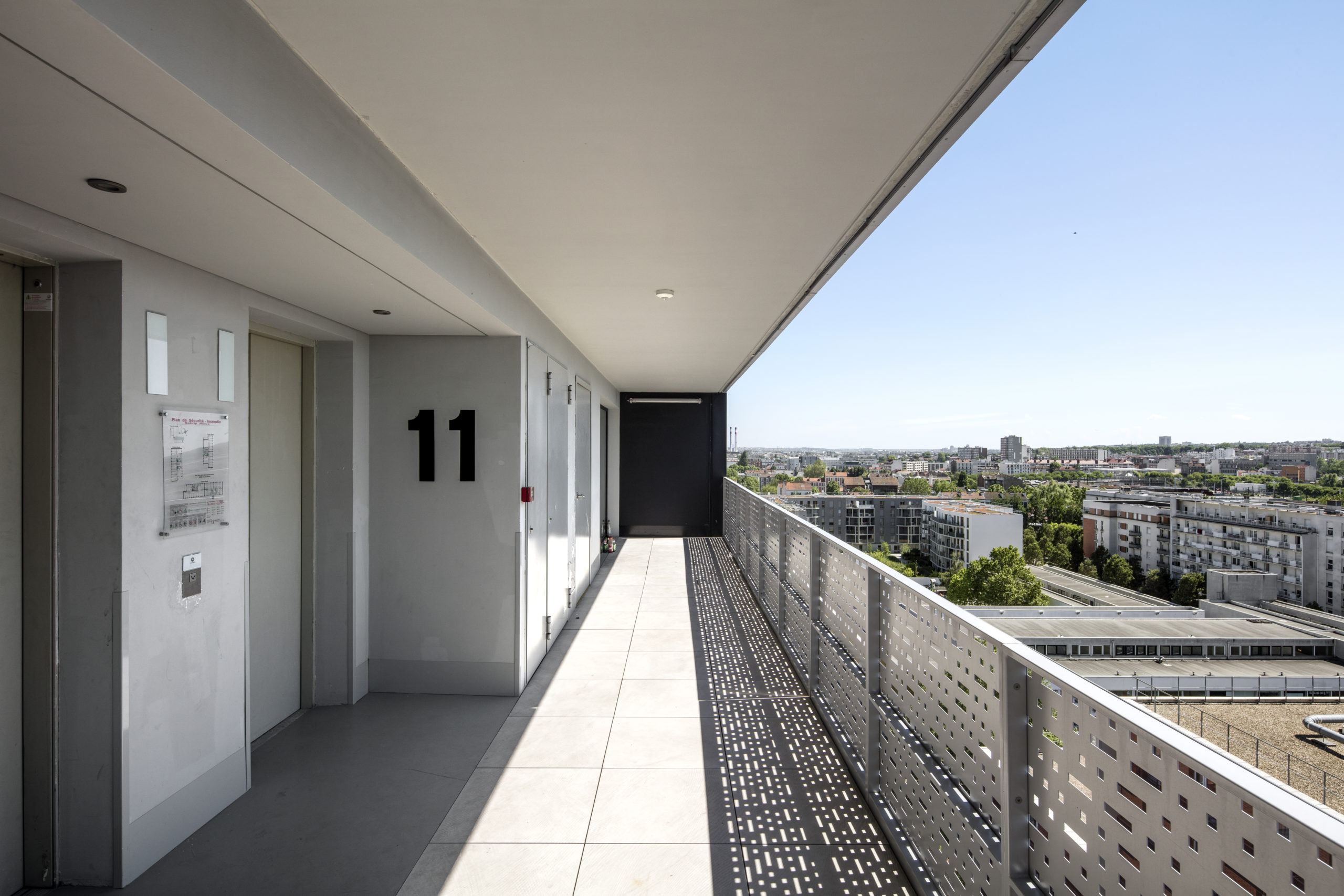
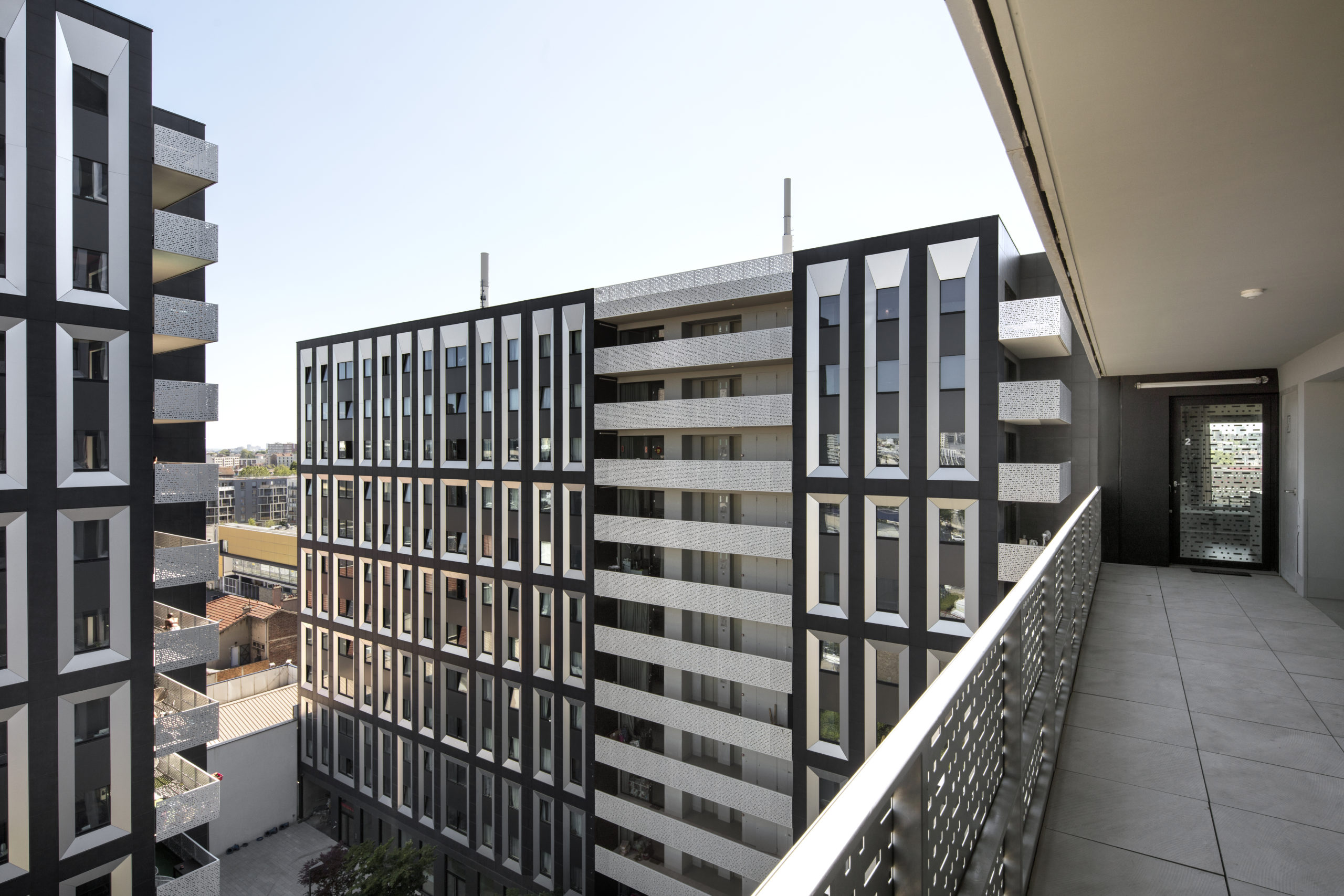
Flatmates is a housing project entirely dedicated to entrepreneurs in residence at Station F, also carried out by Wilmotte & Associés, whose objective is to offer temporary accommodation to more than a quarter of the entrepreneurs at Station F.
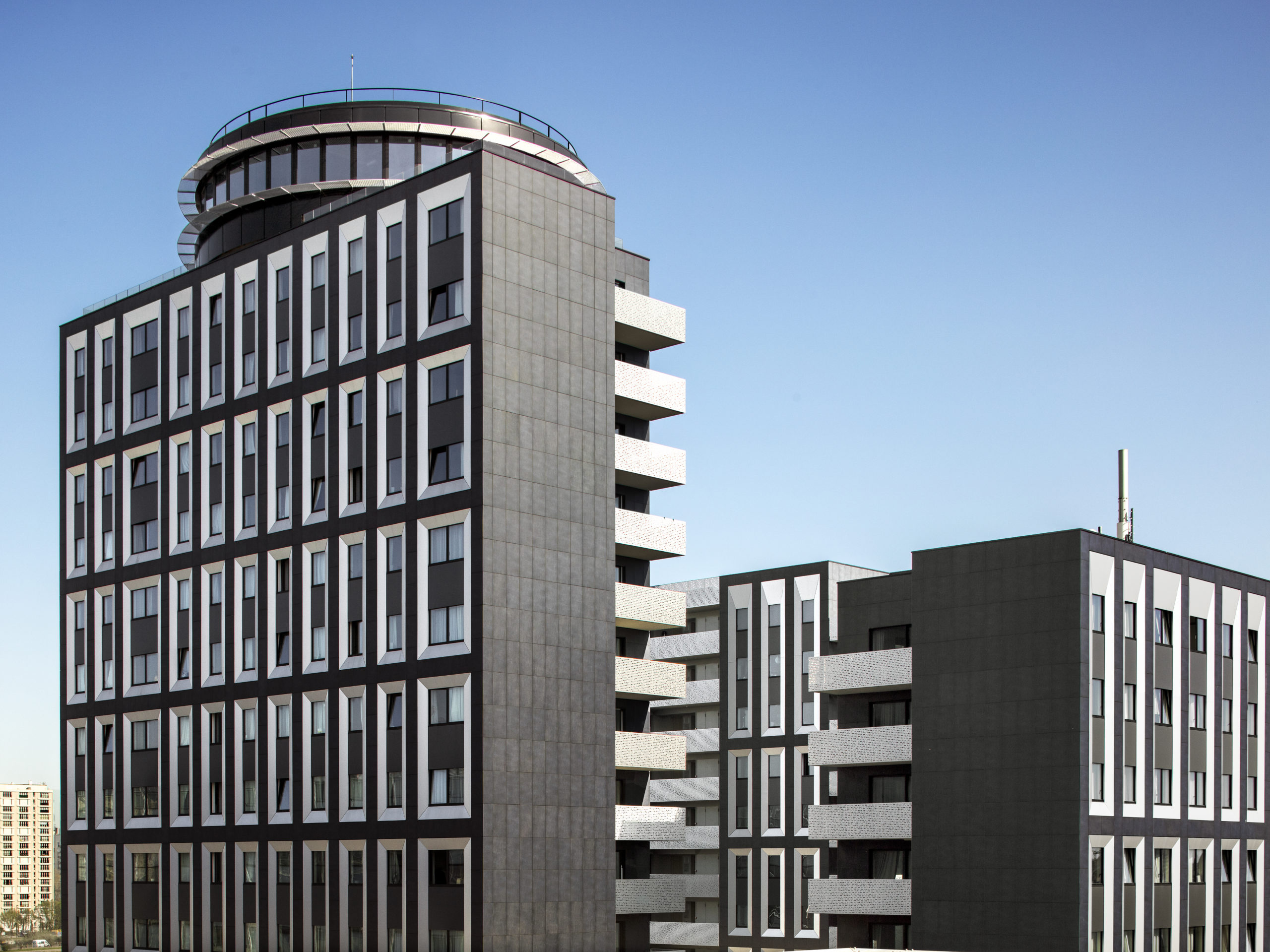
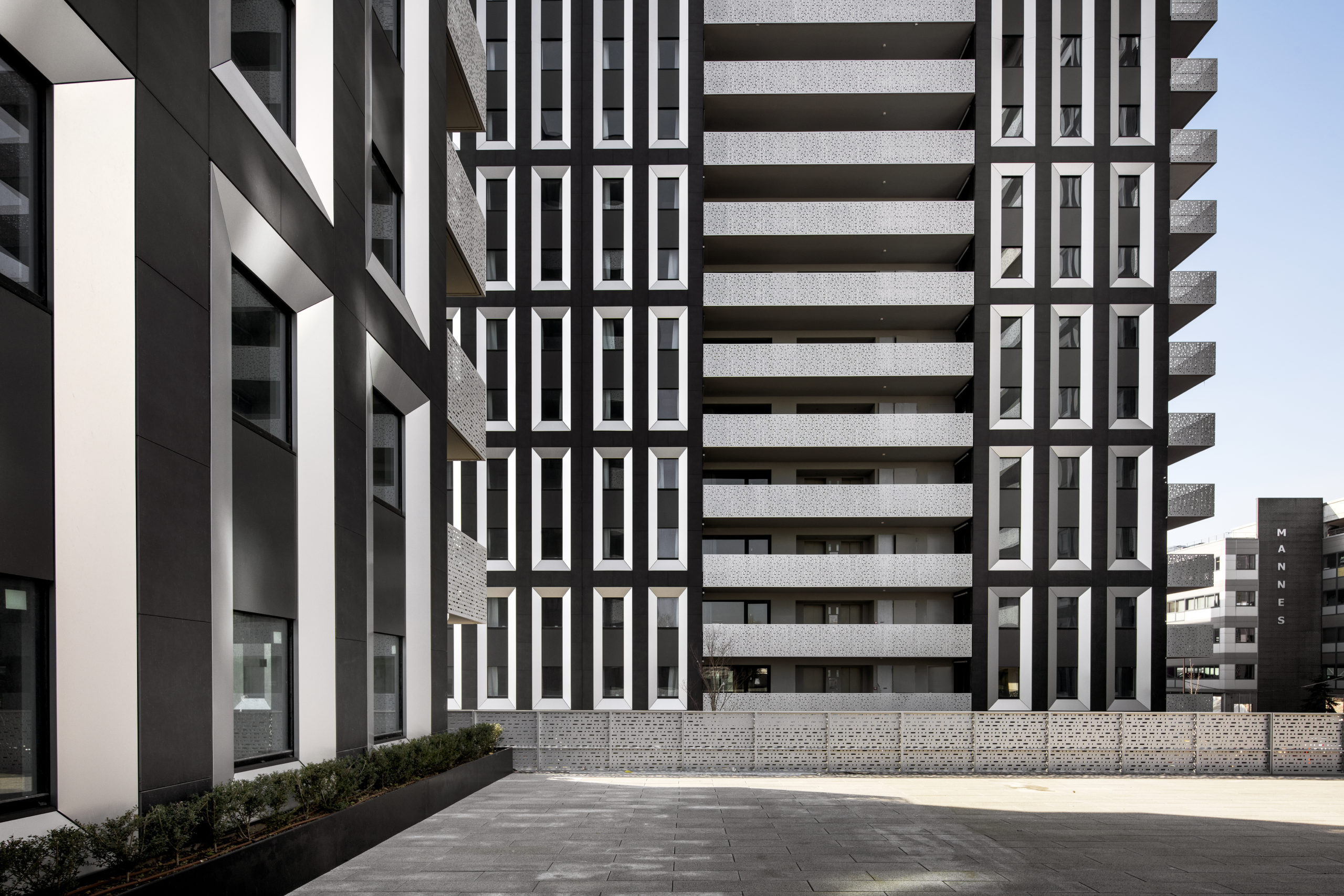
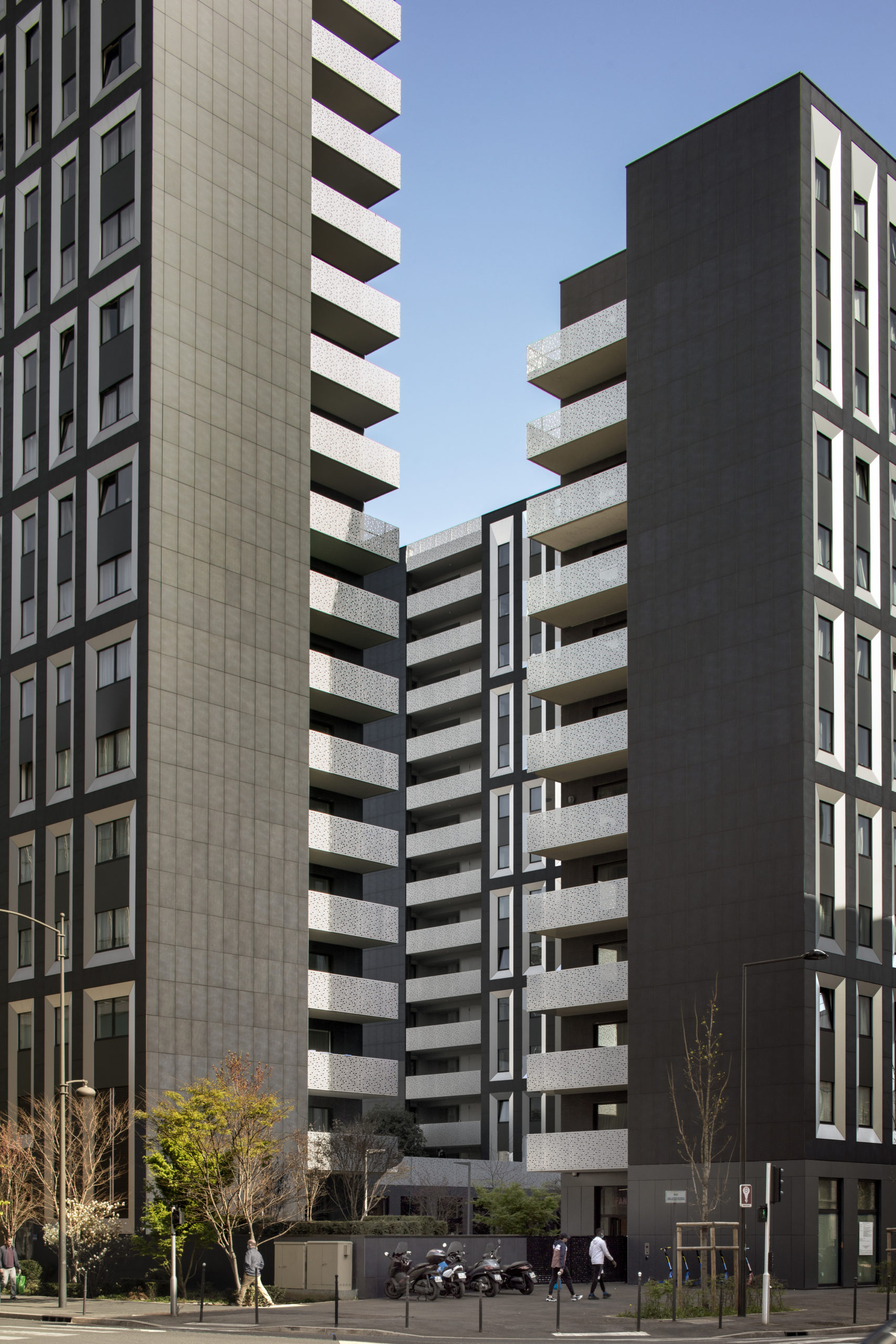
Developed on a 3,500 sqm, at the corner of Victor Hugo and Jean-Jacques Rousseau streets in Ivry-sur-Seine, the Flatmates project takes up the high template and the high density of the neighbouring buildings in the north of Ivry-port and Ivry-Confluences. Built on a single parking level, this contemporary project is composed of three buildings with an airy, slender and slender volumetry. Designed to free up floor space, the project allows for a planted outdoor space at the heart of the site, offering multiple and varied paths for residents to follow, thus encouraging daily encounters and exchanges in the crossing halls, gardens or under the porches.
On the upper floors, the open-air landings serving the flats allow the living rooms to be opened up at any height to provide a visual extension to the flats. As for the balconies, they also act as fixed solar protection for the large living room openings.


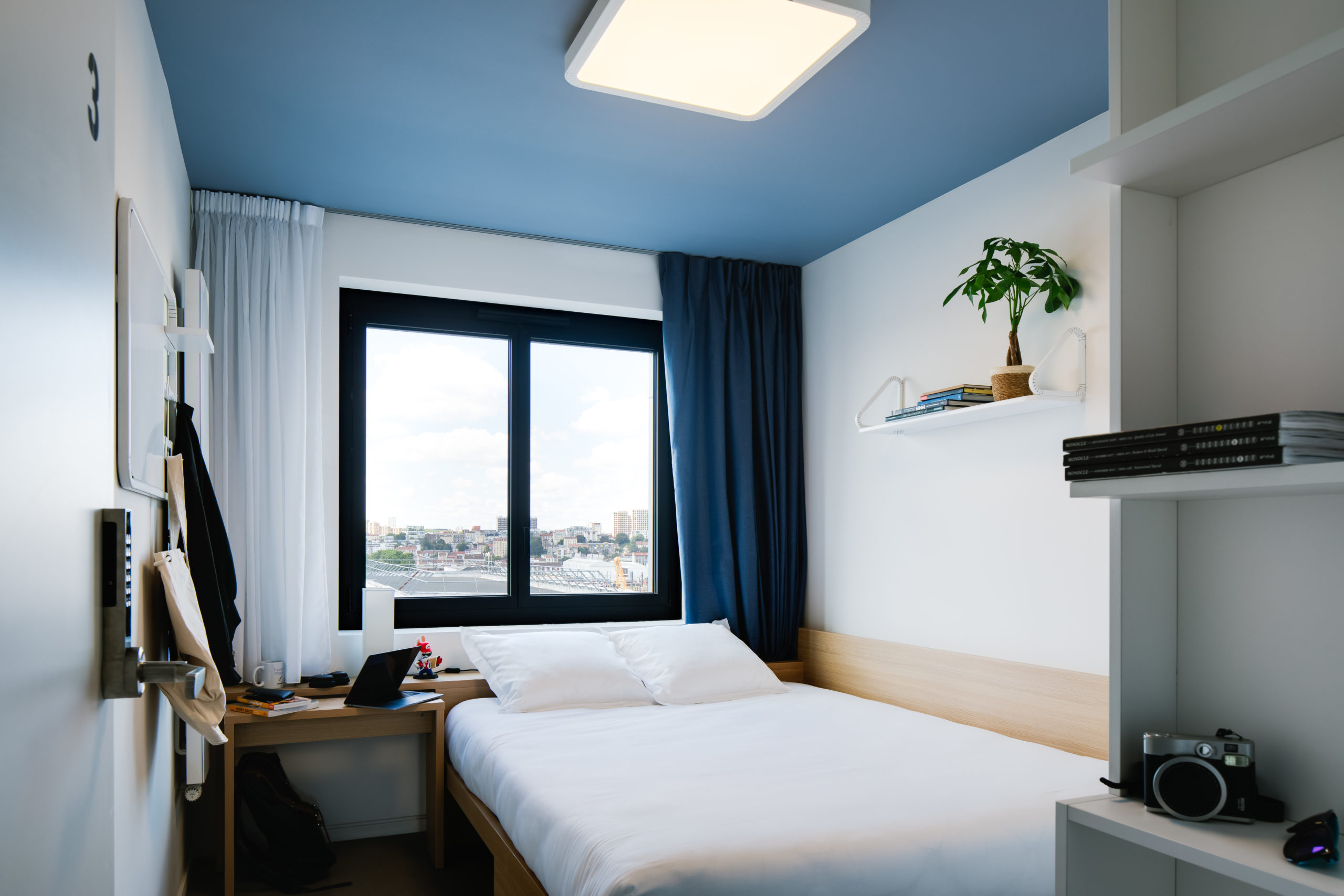
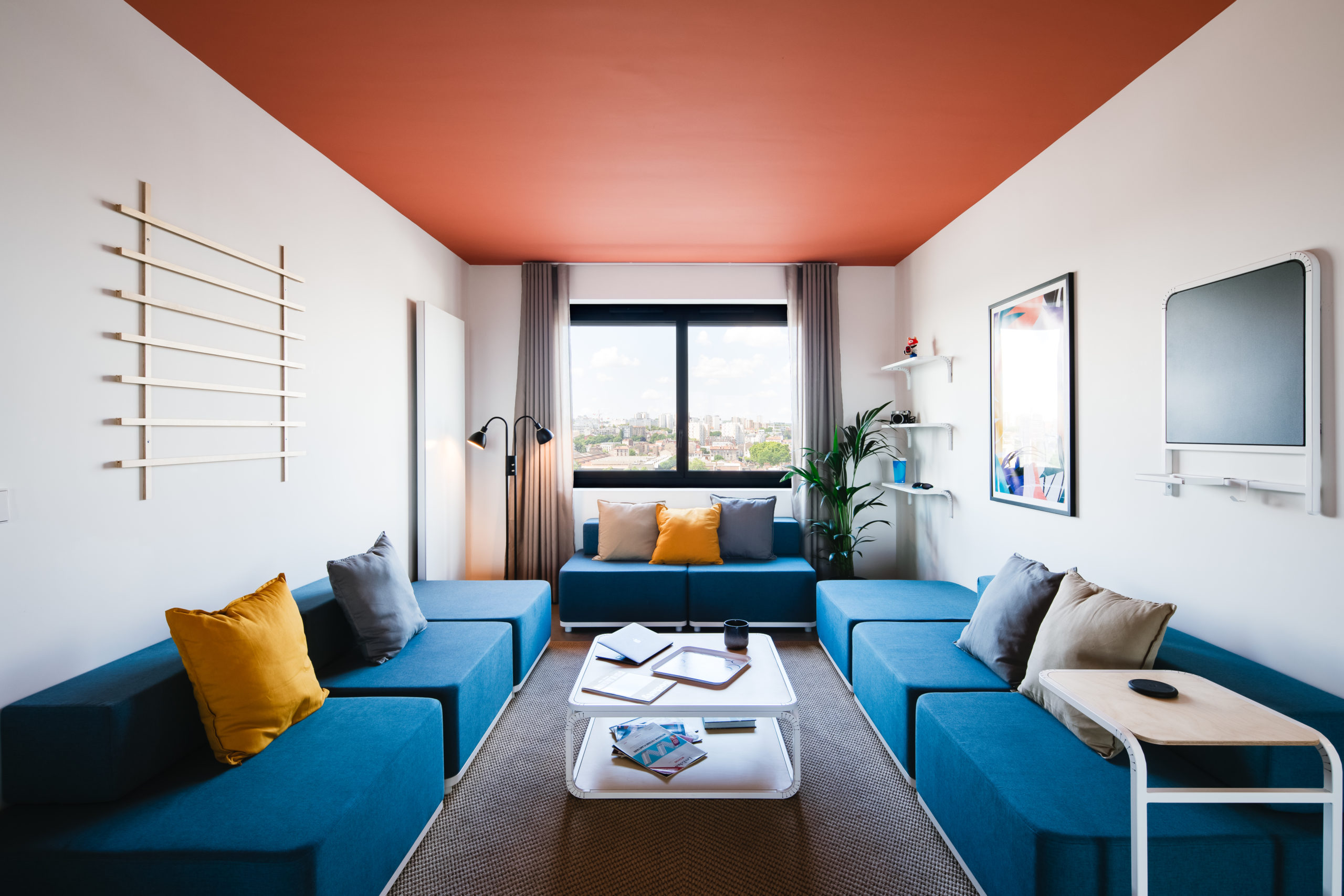
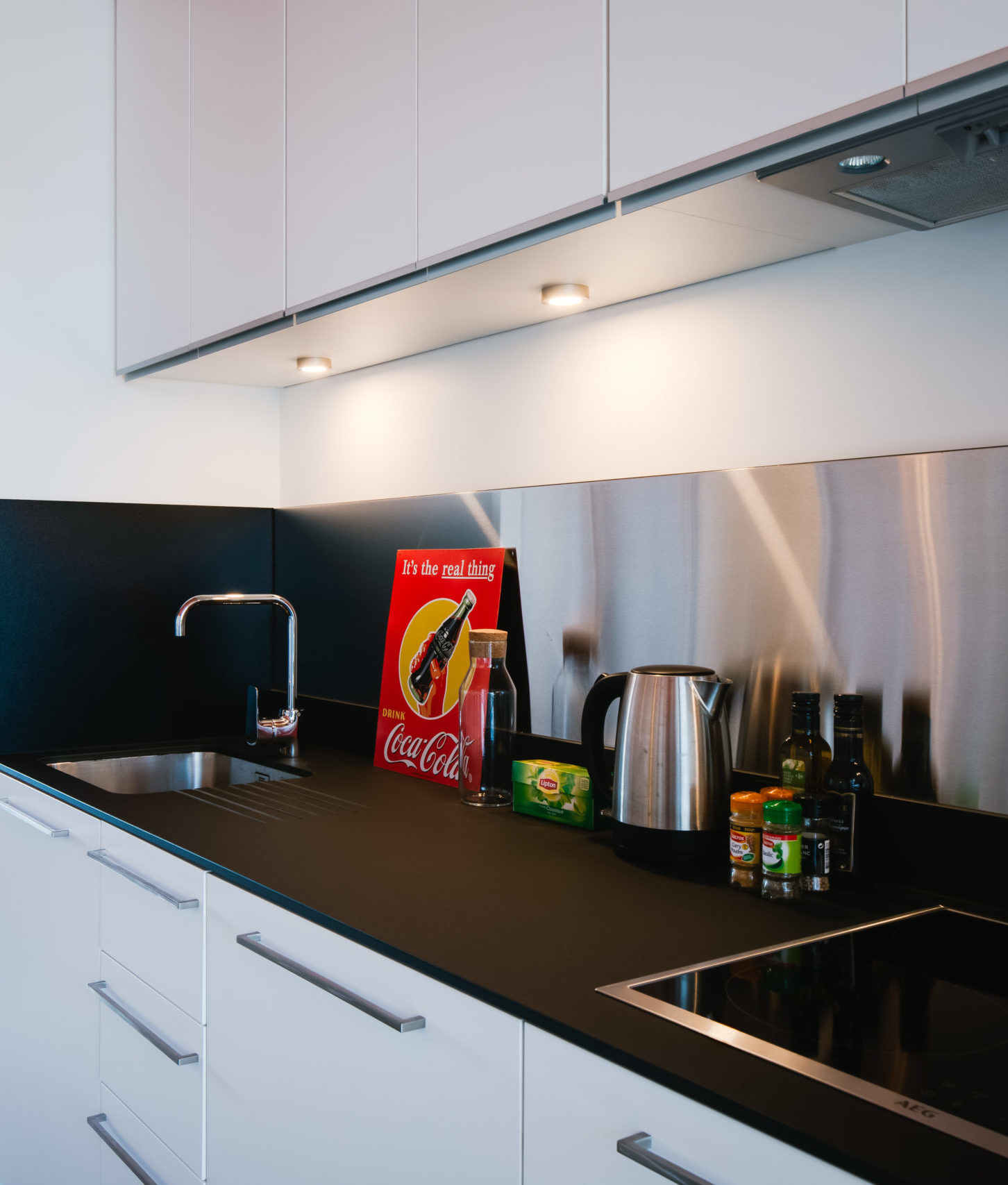
The project has 100 flats for shared use. Each flat is furnished and organised around a generous common living room of more than 30 sqm, either through or at an angle, which extends into an outdoor space. The individual “cells”, which are directly connected to the large living room, are divided into two corridors and include a separate shower room and bathroom: in total, each flat has six bedrooms and three bathrooms.
This reinterpretation of the typology of the hostel literally breaks with the classic repetition of individual hotel-type cells, located on either side of a corridor. For both the users and the city, the project offers a more open image, closer to housing than to temporary accommodation.


